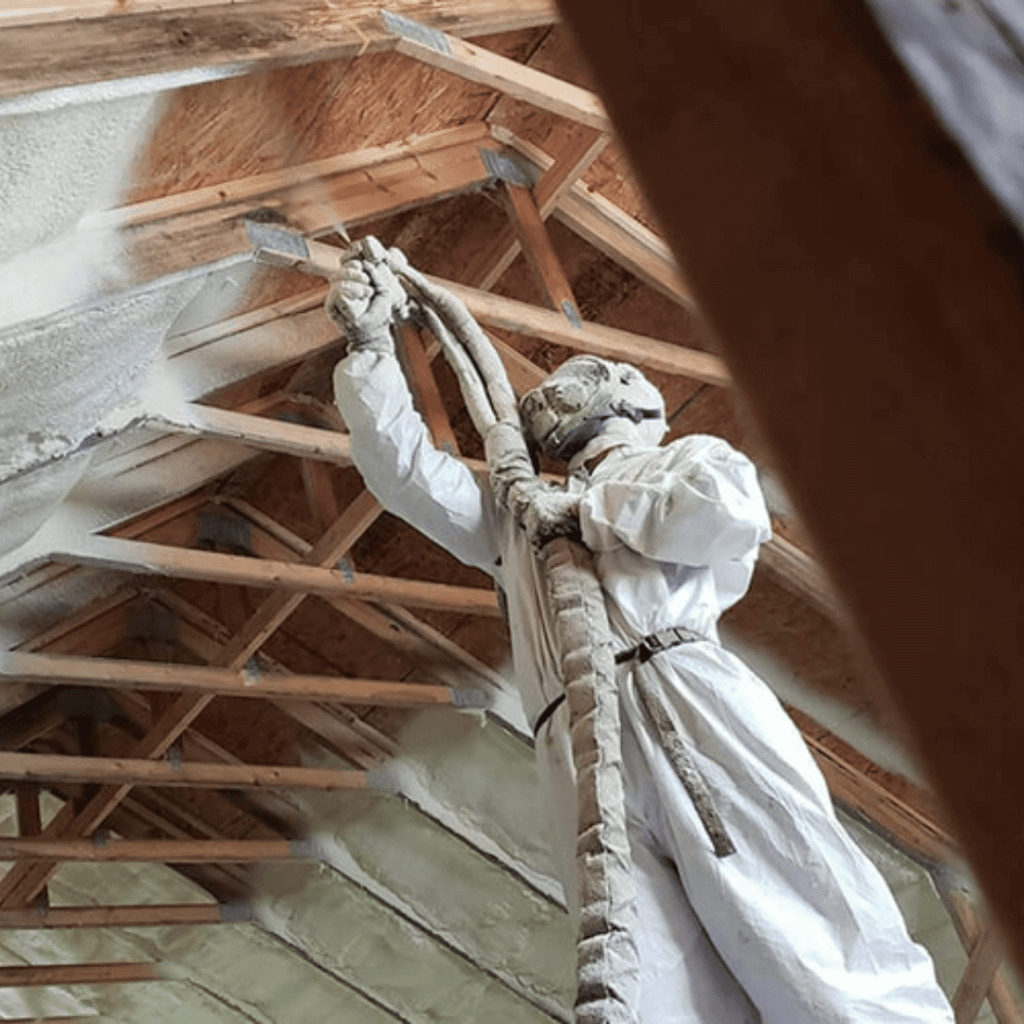
Spray foam insulation is a popular choice for homeowners looking to improve the energy efficiency of their homes. It provides a tight seal that helps prevent air leakage and can help lower heating and cooling costs. If you are considering using spray foam insulation in your home, it's important to understand the different types available and how to choose the best option for your needs. This ultimate guide will provide you with all the information you need to make an informed decision.
One of the first things to consider when choosing spray foam insulation is the type of foam you want to use. There are two main types of spray foam insulation: open-cell and closed-cell. Open-cell foam is less dense and more flexible, making it a good choice for insulating walls and ceilings. Closed-cell foam is denser and more rigid, making it a better option for insulating areas that are prone to moisture or require a higher R-value.
Another important factor to consider when choosing spray foam insulation is the R-value. The R-value measures the insulation's ability to resist heat flow, with a higher R-value indicating better insulation. The R-value you need will depend on the climate where you live and the area of your home you are insulating. It's important to choose a spray foam insulation with the appropriate R-value for your needs to ensure maximum energy efficiency.
When choosing a spray foam insulation contractor, it's important to do your research and choose a reputable company with experience in installing spray foam insulation. Look for contractors who are licensed and insured and have good reviews from previous customers. It's also a good idea to get quotes from multiple contractors to compare prices and services before making a decision.
Before installing spray foam insulation, it's important to prepare your home properly to ensure a successful installation. Make sure to seal any cracks or gaps in the walls, ceilings, and floors to prevent air leakage. It's also important to remove any old insulation or debris from the area to be insulated to ensure a clean and smooth surface for the spray foam to adhere to. Proper preparation will help ensure that the spray foam insulation provides the maximum energy efficiency for your home.
One of the main benefits of spray foam insulation is its ability to create a tight seal that helps prevent air leakage and can improve indoor air quality. By sealing gaps and cracks in the walls and ceilings, spray foam insulation can help reduce drafts and noise from outside, creating a more comfortable and quiet living environment. This can also help improve the overall energy efficiency of your home and reduce heating and cooling costs.
When selecting a spray foam insulation product, it's important to choose one that is environmentally friendly and safe for indoor use. Look for products that are free of harmful chemicals and low in volatile organic compounds (VOCs) to ensure the health and safety of your family. It's also a good idea to choose a product that is energy-efficient and can help reduce your carbon footprint while providing excellent insulation for your home.
In conclusion, choosing the best spray foam insulation for your home requires careful consideration of the type of foam, R-value, contractor, and preparation needed for a successful installation. By following the tips outlined in this ultimate guide, you can make an informed decision that will help improve the energy efficiency and comfort of your home. With the right spray foam insulation, you can enjoy lower heating and cooling costs, improved indoor air quality, and a more comfortable living environment for years to come.